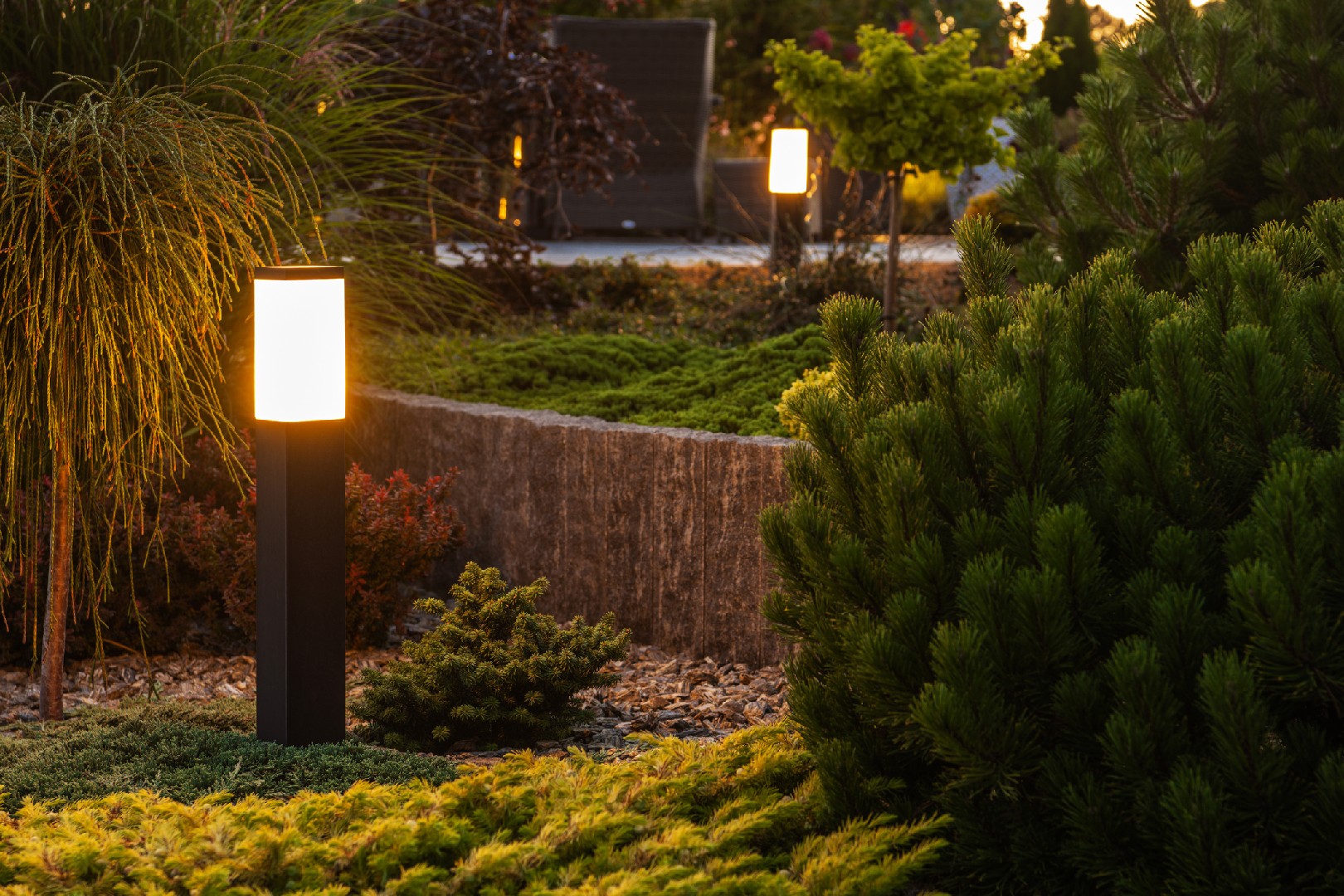![Rectangle]()
Understanding Lighting & Electrical Safety
When it comes to do-it-yourself garden lighting projects, it's crucial to prioritize safety. By understanding lighting types, power handling, and IP ratings, you can ensure a safe and successful project.
First and foremost, it's important to have a clear understanding of different lighting types and their appropriate use. LED lights are energy-efficient and long-lasting, making them a popular choice for outdoor lighting projects. Halogen lights, on the other hand, provide a bright, white light but consume more energy and generate more heat. By choosing the right lighting type for your project, you'll not only achieve the desired effect but also ensure safety.
Next, consider the power handling of your garden lighting system. Before you begin, calculate the total load of your lights and make sure it does not exceed the circuit capacity. This will help avoid overloading the circuit, which can lead to electrical hazards such as overheating and electrical fires. Additionally, always handle cables safely, making sure they are not damaged or exposed to moisture.
Another important aspect of garden lighting safety is understanding IP ratings. IP stands for Ingress Protection, and it indicates the degree of protection against solid objects and liquids. When illuminating outdoor spaces, it's crucial to use weather-proof lights with a high IP rating. This ensures that the lights are protected from dust, water, and other external factors, making them safe to use in all weather conditions.
To further enhance the safety of your garden lighting project, consider using a residual current device (RCD). This device provides additional protection against electrical shocks and can be installed in the circuit to detect any imbalances and cut off the power if necessary.
Lastly, it's important to regularly inspect and maintain your garden lighting system. Check for any loose connections, damaged cables, or signs of wear and tear. Clean the lights and remove any debris that might obstruct the illumination.
By following these safety tips and understanding the basics of lighting and electrical safety, you can confidently undertake your do-it-yourself garden lighting project. Prioritizing safety not only protects you and your loved ones but also ensures the longevity and success of your project.





